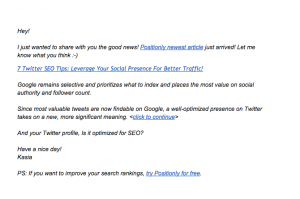Performance management can be a tricky aspect to conquer. In a survey by Deloitte, 75% of respondents believed performance management was a key issue in their organization, and 89% were either in the process of changing their system, or were planning to do so within the next 18 months. It’s time to tackle these issues by using the formula to performance management success:
Define Goals
Gallup’s 2016 report, How Millennials Want to Work and Live, found that only 40% of Millennial employees surveyed felt strongly connected to their company’s mission. This disconnect is sure to cause a lack of direction for employees which means the first step to performance management success starts with clearly defining the goals for your team and how these goals align with the mission and vision of the organization. Doing so creates a connection between what your team members are working toward and where the company is heading.
The key to an attainable goal is to make sure it’s specific, measurable and has a clear objective that will help the employee grow as well as help the team move forward. Implementing the SMART goal method into your process can help you easily define specific goals. These goals meet the criteria of specific, measurable, attainable, relevant and time bound. An example could look something like this:
Within the next quarter, I’d like to see you take leadership on the latest project by designating assignments to team members and ensuring each assignment and the project as a whole meets the proposed deadline.
Check-In
Once the goals are defined, it’s time to get to work. Providing ongoing feedback to employees helps them stay on track with their goals and gives you the chance to monitor their progress. Companies who implement regular employee feedback have turnover rates that are 14.9% lower than for employees who receive no feedback.
Feedback can come in the form of an accolade or constructive criticism. The feedback you give should also be defined with an overarching goal. Some examples include:
- Accountability
- Leadership
- Communication
- Transparency
- Pursuit of Excellence
- Efficiency
- Harmony
- Attentiveness
These goals help lead employees in the right direction to achieving their ultimate objective as well as categorize the feedback you give.
Employee Reviews
The final step of the performance feedback is a formal employee review. These reviews help supplement the ongoing feedback given in between each appraisal. Having a record of the feedback gives both you and the employee a chance to look back at progress made and hurdles jumped in between each review. Rather than relying purely on memory and falling into the recency effect, these meetings will be more direct, detailed and accurate.
These reviews should then start the process all over again by reflecting on goals accomplished, or possibly not accomplished, how the outcome came about and then setting new ones that are clear and specific to help align the employee’s goals with the company mission and vision.
Business & Finance Articles on Business 2 Community(37)
Report Post





